| Structure of and Motion in Ionic Conductors
For battery and fuel cell materials it is a key target to find ion conductors which allow fast ionic motion while being chemically stable. Over the years we have studied the ionic motion in some of the fastest ionic conductors in our lab by solid-state nuclear magnetic resonance as for example Li10SnP2S12 [56] and Na11.1Sn2.1P0.9Se12 [73]. In our group potential materials interesting for the all solid-state and fuel cells are characterized by nuclear magnetic resonance, impedance spectroscopy, quantum-chemical calculations and x-ray diffraction [76]. The combination of different techniques helps to identify the stability range, materials properties, conduction mechanisms and activation energies of the different materials including Na-, Li- and H-ion conductors. 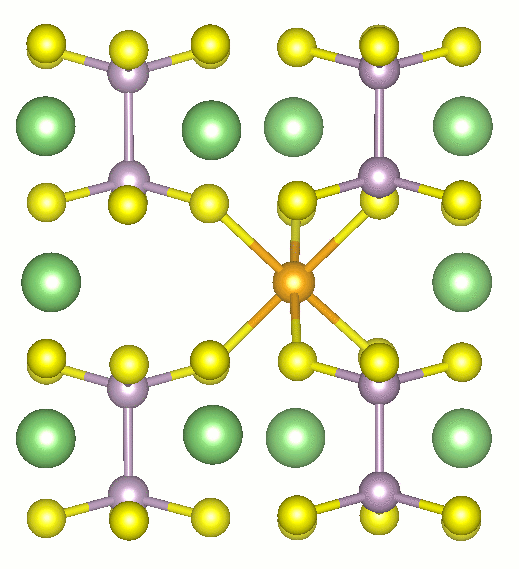 Distribution Homogeneity of Paramagnetic Dopants/Substitutes in a Diamagnetic Matrix
The concept "homogeneity" can only be specified with respect to a given quantity of a material. Materials can thus be homogeneously and inhomogeneously doped at the same if for example a fairly short length scale of several Angstroems and micrometers are referred to, respectively. NMR offers a convenient tool to investigate doping homogeneity: The (apparent) NMR visibility of the host nuclei is reduced by the presence of paramagnetic dopants. From the NMR visibility function the invisible volume can be approximated (blind-sphere) by a assuming a statistical doping scenario [67]. In simple cases the blind spheres can be related to the type of coupling nucleus and the paramagnetic center [79]. The concept of "NMR doping homogeneity" is easily extended to doping with multiple different paramagnetic centers [82] and is relevant to paramagnetic doping in luminescent materials [81]. The doping homogeneity can typically be studied on a scale of several Angstroems.
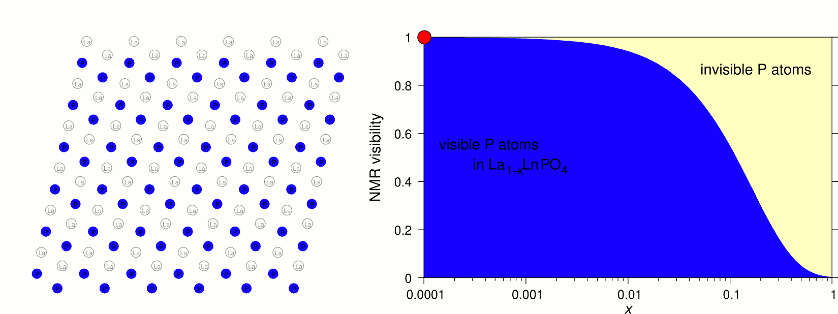 Quantum Chemical Prediction of NMR properties in a Self-Consistent Electrostatic Field
In order to compare models with experiment it is necessary to predict NMR properties for a given structure. Accurate quantum chemical models (the quantum core) can be embedded in self-consistent electrostatic point-charge fields [38] to predict shielding values of inorganic crystals using standard high-level quantum-chemical software packages for gas-phase calculations. Like that, we have predicted shielding tensors of 19F, 31P, 27Al and different other nuclei [43,49] .
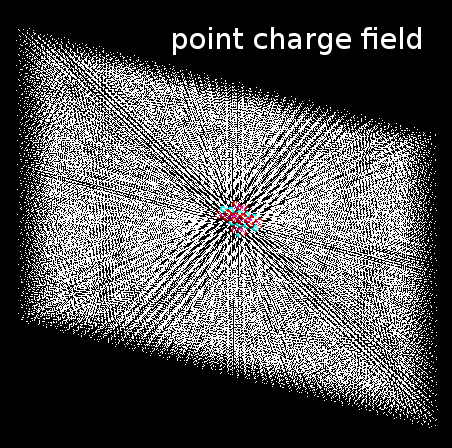 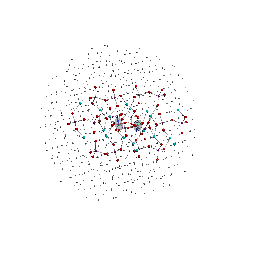 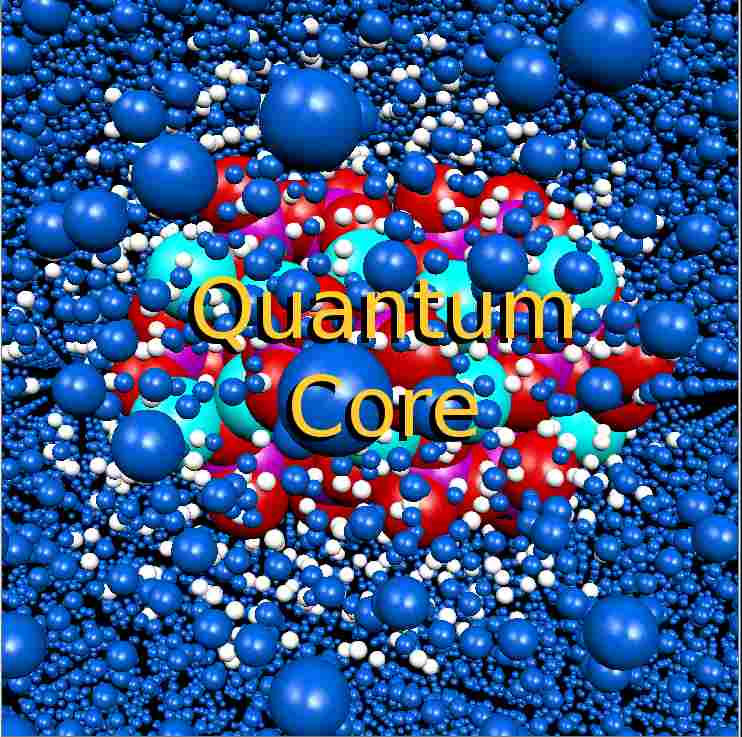
Quantitative NMR on badly resolved spectra
Quantifiability is a big asset of NMR. In practice 1H solid-state MAS NMR spectra may show tremendous errors [36] depending on the experimental conditions even when repetition delays are sufficiently long and the signal to noise ratio is excellent. We show that a simple scheme can be used to significantly reduce different systematic errors. This scheme is based on spin-echo experiments and backprediction of signal-intensities. A software tool has been made available which calculates error margins and allows to correct for off-resonance errors.
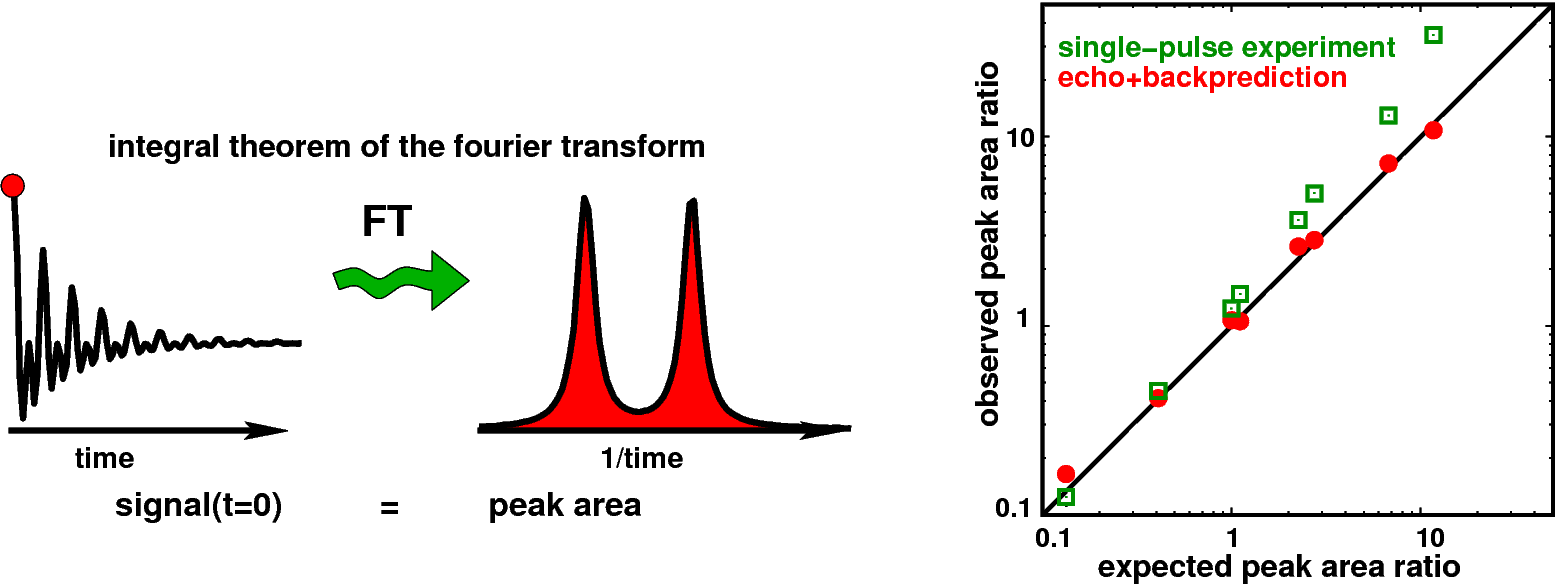
About the Core-Shell Structure of Nano Particles
In references [29,43,49,53] we demonstrate that solid-state NMR may be used to analyze the core-shell structure of nano-particles. While the dipole-dipole interaction is pretty short-sighted and scales with r-3, for a nano-particle it is possible to use dipolar techniques like REDOR to reach nanometer distances by combining the dephasing power of many nuclei.
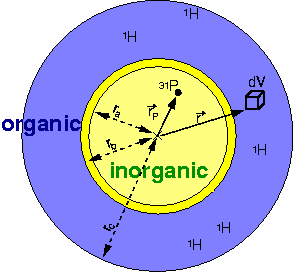
The Structure of Polycarbonsuboxide
Polycarbonsuboxide was first synthesized by Otto Diels one decade ago. It is an amorphous reddish solid and its structure has been subject of some controversy. We have determined the structure of polycarbonsuboxide [17] with a combination solid-state methods (double-quantum constant-time NMR, 13C labeling) and quantum chemical methods.
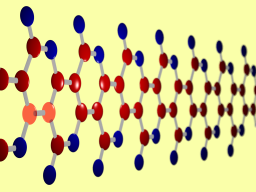
Intercalation Materials
Intercalation of materials such as FePS3 leads to materials with a wide range of interesting properties. We have studied the ordering mechanisms of vacancies in the layer structure of an intercalated CdPS3 [11] and conclude that a simple electrostatic picture may often be sufficient for a deeper understanding.
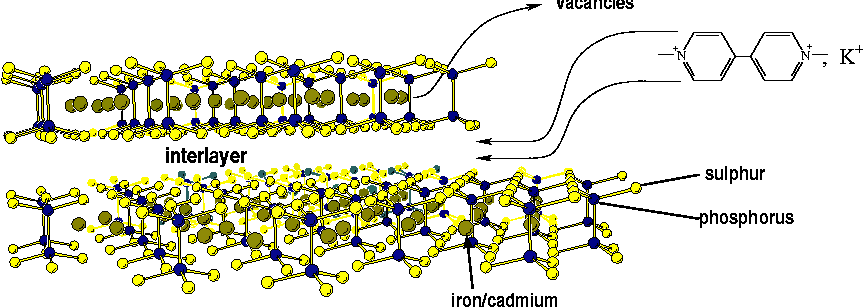
Distance Estimates by Homonuclear Double-Quantum NMR
Distances between isolated pairs of spin-1/2 nuclei, e.g. 13C 13C, can be determined by double-quantum (DQ) filtered solid-state NMR. Double-quantum constant-time NMR (DQ-CT) [14] implements a method which compensates the experiment for mono-exponential relaxation processes by keeping the sum of DQ-conversion times constant. This sampling scheme can easily be implemented with symmetry based pulse-sequences (R/C symmetry classes) and is useful for spin-1/2 nuclei like 15N, 13C, 1H and 31P-NMR. For gamma-encoded C symmetry based sequences the influence of pulse transients may be significant. Pulse transients can be compensated for by a C-sequence with a modified Post C-element [48] . For PostC7 a dramatic improvement in DQ intensity can be observed especially for low Larmor frequencies. 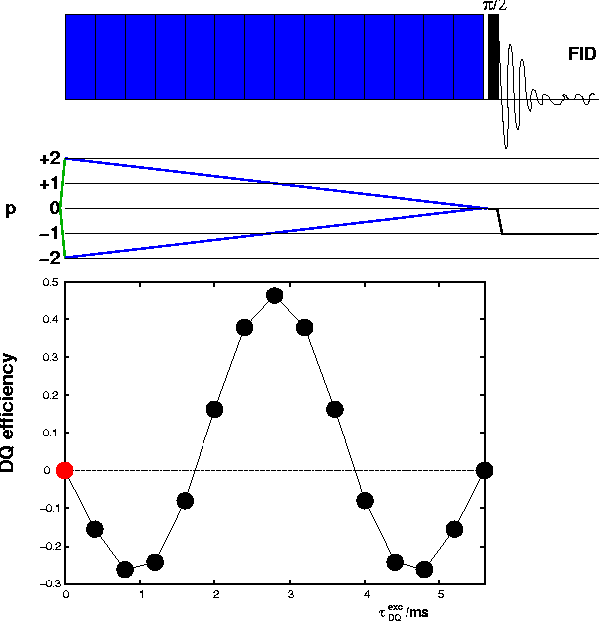
In heavily labeled samples homonuclear distance determination by DQ-CT NMR needs to take dipole-dipole couplings of non-bonded nuclei into account which may be achieved with a double-DQ filter technique [17]. Instead of trying to access individual dipole-dipole coupling constants, it is possible to measure a lattice sum of all squared dipole couplings dragging on a double-quantum coherence. This is achieved with a pulse sequence named "DoDe" [22] which makes use of Double-Quantum Dephasing by using a double DQ-filter. Since spin-systems are seldomly perfectly isolated it is possible to estimate the influence of more distant nuclei onto a distance determination experiment quantitatively with the DoDe experiment.
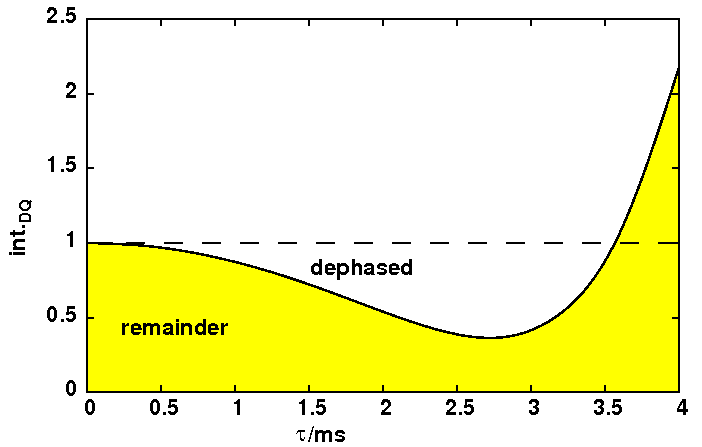
|











